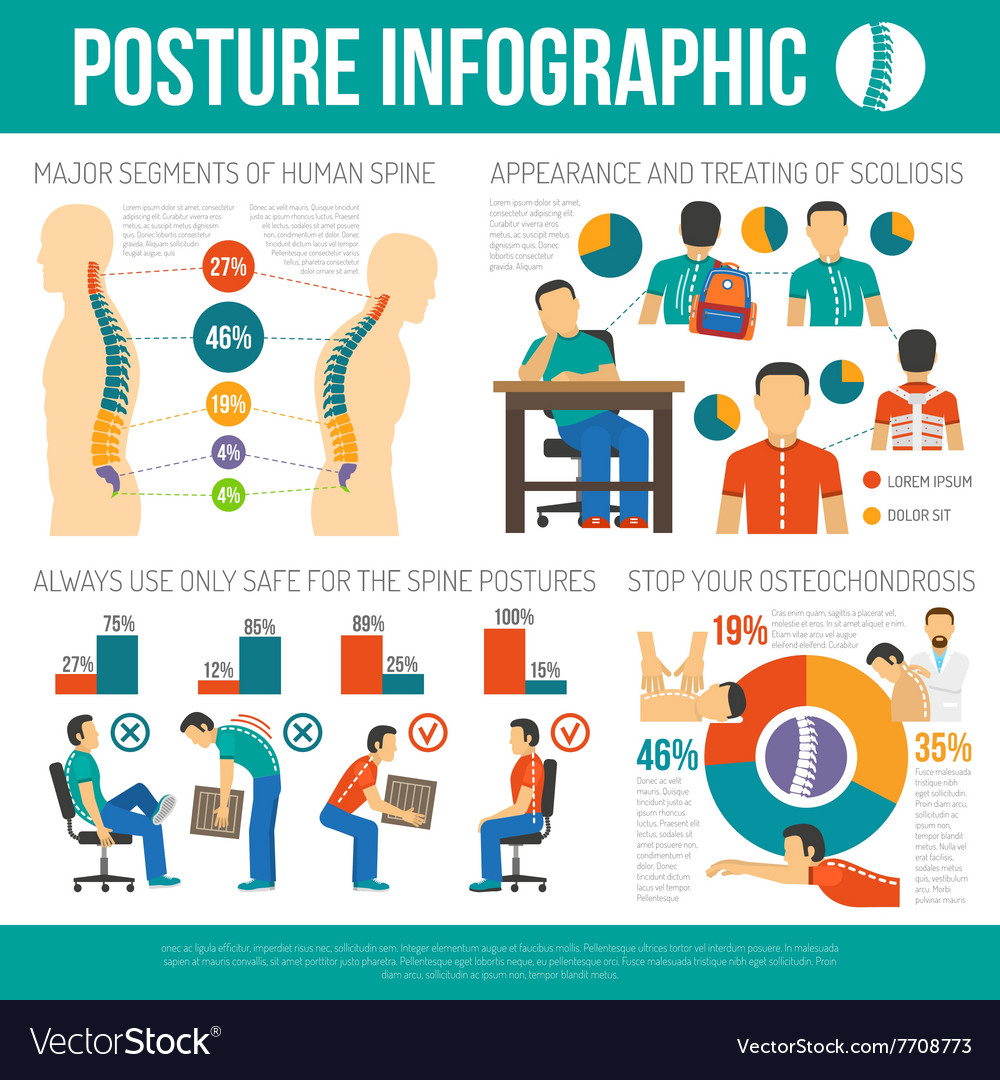Next-Generation Approaches To Pain In The Back Relief: Arising Technologies And Therapy Techniques
Next-Generation Approaches To Pain In The Back Relief: Arising Technologies And Therapy Techniques
Blog Article
Article By-Thrane Day
As you take into consideration the future landscape of back pain treatment, visualize a realm where modern technology seamlessly intertwines with conventional treatments to use novel remedies. Think of a world where virtual reality not only delights but additionally heals, where robotic accuracy redefines minimally invasive procedures, and where psychophysiological feedback equips people in their pain management trip. The innovations in back pain treatments are not just theoretical scenarios however substantial realities forming the way we come close to and relieve this widespread condition.
Virtual Reality Treatment for Pain In The Back
Are you tired of standard treatments for your neck and back pain? Virtual Reality Treatment provides a novel technique to handling your pain. By immersing yourself in an online atmosphere, you can sidetrack your mind from the pain signals being sent out to your mind, giving relief in a special and ingenious method.
Making use of specialized VR headsets, you can engage in different activities and simulations designed to target particular areas of your back that are creating you pain. These immersive experiences can assist you relax strained muscular tissues, boost your position, and boost your total flexibility.
Furthermore, virtual reality treatment can also help in lowering anxiety and anxiousness degrees, which are frequently adding aspects to neck and back pain.
Visualize being able to undergo therapy without the requirement for medicine or invasive treatments. With Virtual Reality Therapy, you have the possibility to handle your back pain in a risk-free and non-intrusive way.
Robotic-Assisted Pain In The Back Therapies
Using cutting-edge robot technology, neck and back pain therapies have actually advanced to incorporate robot help in targeting and addressing specific locations of pain in a precise and regulated way.
Robotic-assisted back pain therapies provide a high level of precision and customization, allowing for extra efficient and tailored treatment for people experiencing back pain. These robotic systems can perform minimally invasive procedures with boosted accuracy, lowering the threat of problems and boosting results.
Robotic-assisted therapies give doctors with real-time feedback and imaging, enabling them to browse the spine with unmatched precision. By using robot arms or gadgets, healthcare providers can access hard-to-reach areas with greater convenience, leading to more effective interventions.
Additionally, acupuncture school nyc can adjust to the individual's motions during surgical procedure, ensuring a more secure and extra reputable procedure.
Biofeedback Innovation in Back Pain Administration
With the improvement of technology in back pain therapies, psychophysiological feedback innovation emerges as a valuable tool in managing and minimizing discomfort connected with neck and back pain. Biofeedback allows you to get understanding and control over bodily functions that are generally involuntary, such as muscular tissue tension and heart rate.
By utilizing sensing units to keep track of these features, psychophysiological feedback gadgets give real-time information that allows you to make mindful modifications to lower discomfort and tension levels. With visual or auditory cues, biofeedback aids you understand just how your body reacts to different scenarios, empowering you to modify your behavior and boost physical health.
This technology promotes relaxation, improves pose, and help in muscle re-education, every one of which are important elements in handling back pain properly. By integrating biofeedback into your pain in the back management plan, you can take an active duty in your therapy and achieve enduring relief from discomfort.
Conclusion
Finally, the future of neck and back pain therapy looks brilliant with the improvements in virtual reality therapy, robotic-assisted therapies, and psychophysiological feedback modern technology. These arising technologies offer ingenious services to relieve back pain, boost flexibility, and enhance general quality of life. With continued r & d, these sophisticated therapies have the prospective to revolutionize the means we come close to and deal with neck and back pain, providing expect those seeking efficient and individualized remedies.
